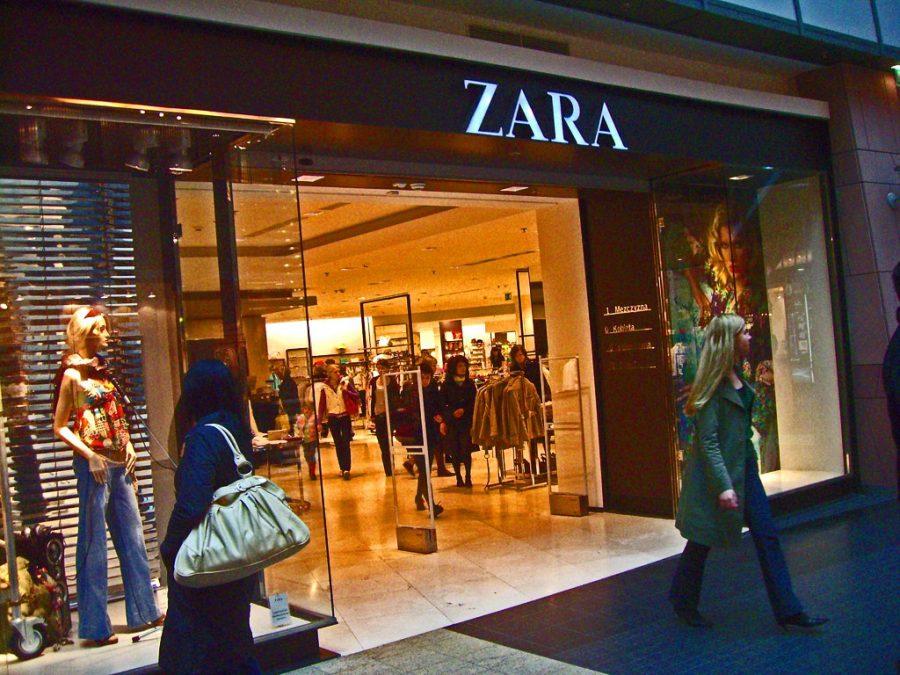Fast fashion destroying the world
Manufacturing process for companies is killing the planet.
One of the many fast fashion companies hurting our Earth.
November 15, 2019
Although students’ budgets for shopping may be low, buying from retailers like H&M or Fashion Nova kills the planet more than it saves a wallet.
Fast fashion brands have taken over mainstream culture, with the biggest companies sponsoring numerous celebrities and social media personalities, but their rise to prominence has come at a cost.
The biggest clothing companies stay up to date with trends in style by producing cheap clothing as quickly as possible. The environmental and societal impact of the fashion industry is greater than any other, due to its size and lack of regulation.
The fashion industry pollutes nearly 80 billion cubic meters of water yearly while its factories pump out over 17 billion tons of CO₂ per year. Conditions like these disproportionately affect less developed regions, like South Asia and parts of China. Major corporations, however, ignore the well-being of the environment and of their workers.
Fashion companies often don’t concern themselves with the manufacturing process as the factories that make the clothes are owned by independent contractors, rather than the company itself. This, along with an incredible and constant demand for new clothes, has created a work environment similar to slavery.
Children as young as nine can be found working in these factories. While students here aren’t able to work for one of these companies until they’re at least 15, it’s not uncommon for elementary-age kids in developing countries to have to work in dangerous and toxic factories to be able to support their families.
Although there’s little an individual student can do to end the injustices of the fashion industry, students can cause change by simply changing shopping habits.
For students who prefer not to spend too much money while shopping, instead of going to H&M or Zara, thrift stores are widely available and are a cheaper alternative. Thrift stores and online reselling services, like Depop or Stockx, support more environmentally neutral companies and individuals.
Vintage clothes are also the most unique because no one is wearing them anymore. There are several thrift stores within five miles of Plano Senior and students can easily spend an entire afternoon in and out of thrift stores around the city.
Students can also support sustainable clothing brands, like Patagonia, Fjallraven or The North Face. Although environmentally conscious brands usually cost more, the price paid either directly or indirectly supports the environment or prevents further environmental detriment.
The problem of the fashion industry is one of corporate greed and societal neglect. Although unlikely, it’s possible for these companies to either change their business models or to shut down completely. Students, as the target demographic of fast fashion brands, should reject fast fashion’s slave-like working conditions and environmental disregard. A boycott on goods that’ve been non-sustainably made will show the corporations that the modern consumer won’t accept their exploitative practices just for cheap clothes.












